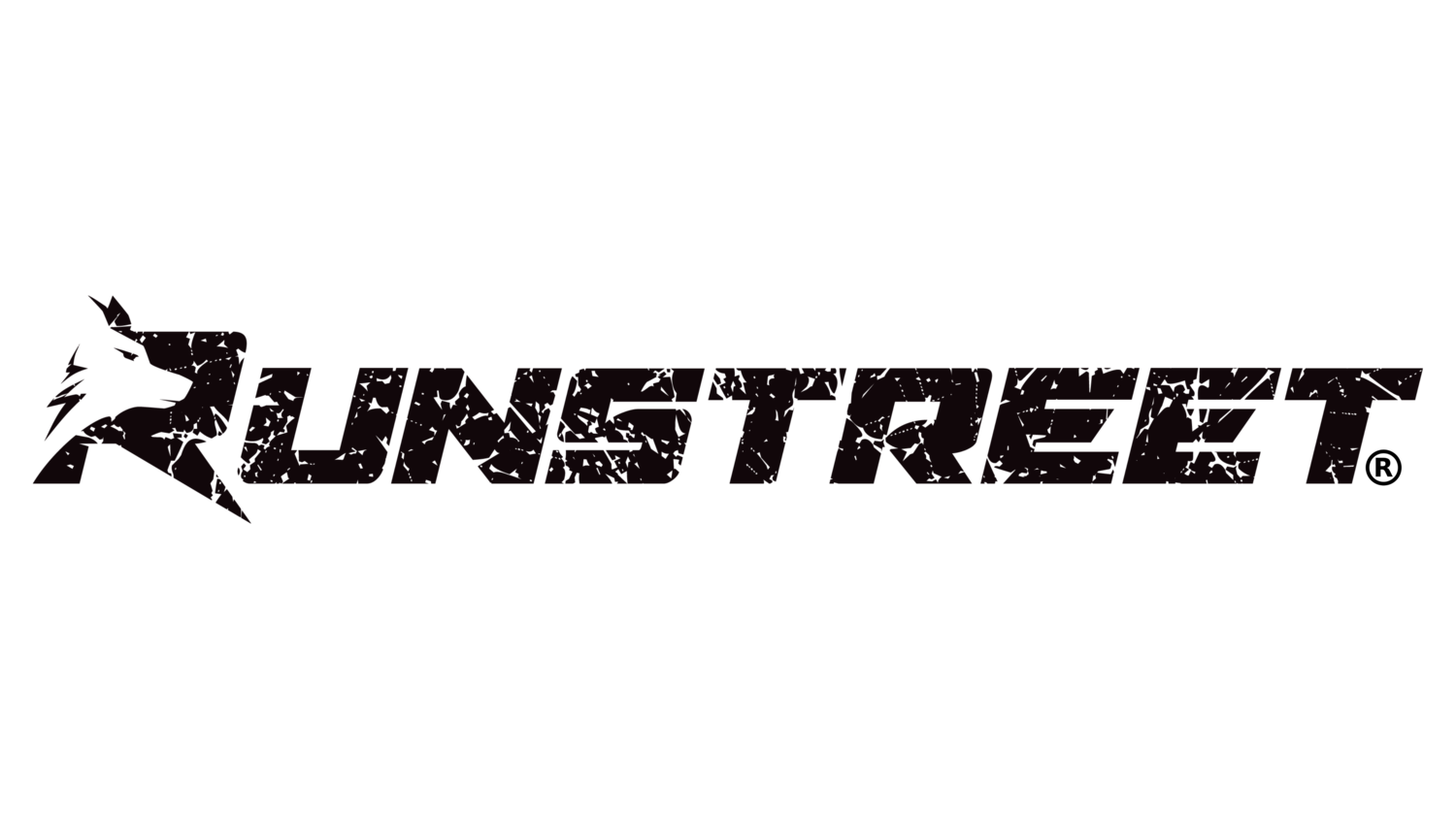Forget the Couch! Trainer Shares Active Recovery Workout Ideas
Photos by Marques Jackson Photography.
By Marnie Kunz,
NASM-certified trainer, USATF- RRCA-certified run coach
If your body feels sore for a long time after workouts, or you want to ward off injuries, these active recovery workout ideas will help ease your muscles. While it might be tempting to plunge onto the couch and binge-watch your favorite show when you’re tired from workouts, active recovery can help you ease muscle soreness and prevent injuries better than doing absolutely nothing. While complete rest (passive recovery) can do wonders for your body and mind, active recovery offers many benefits and reduces your recovery time. Doing low-intensity, moderate exercises for active recovery (such as walking or yoga) offers many health benefits. This article will give you active recovery ideas so you can bounce back faster after tough workouts.
Related: 10 Tips for Muscle Recovery
What is an Active Recovery Workout (and Why Do Runners Need It)?
An active recovery workout is a low-intensity, low-impact workout that gets your blood circulating and heart pumping without stressing your body. For runners, low-impact recovery workouts are especially helpful as they give your body a break from the pounding of running. Some examples of active recovery activities include walking, light cycling, and restorative yoga.
There are many benefits of active recovery, including:
Increases blood circulation to your muscles, which helps deliver oxygen and nutrients to the muscles, aiding in repair and recovery. It also helps remove waste products, such as lactic acid, from your muscles, reducing soreness and stiffness.
Reduced muscle soreness (DOMS). Active recovery boosts your body’s natural repair processes, allowing muscles to recover faster from strenuous exercise. By stimulating blood flow and nutrient delivery, it reduces muscle soreness and inflammation. This allows you to return to training sooner and maintain a consistent exercise routine.
Prevention of injuries and improved mobility. Active recovery workouts improve and maintain joint mobility and flexibility, reducing your risk of injuries. These workouts can also improve your posture and range of motion in your joints, making it easier to move comfortably during workouts and daily life.
Improved mental state. Low-intensity active recovery activities provide a mental break from intense workouts, promoting relaxation and reducing stress. They can also help maintain consistency in your training routine, as they are less demanding than high-intensity workouts. This can lead to improved well-being and a more positive attitude towards exercise.
Helps maintain your fitness level. Doing recovery activities allows you to work out more consistently and maintain your cardiovascular fitness better than taking long periods of rest with no activity. These low-intensity workouts can also contribute to improved athletic performance by enhancing your body’s ability to recover and adapt to training.
Walking is an excellent way to promote muscle recovery.
Key Principles of a Good Active Recovery Workout
If you’re trying to find some effective recovery workouts, look for low-intensity workouts. Your effort level shouldn’t be more than a 2 on a scale of 1 to 10 for RPE (Rating of Perceived Exertion). The goal is not to push yourself but to get your blood flowing and do gentle, controlled movements.
When you’re doing a recovery workout, listen to your body and if you feel drained, exhausted, or taxed, either lower your intensity or stop. Your workout should feel restorative, not difficult. Be open to different recovery ideas as different activities target different muscle groups. For runners, walking is a general workout that can help them recover from long runs and races.
How often you do recovery workouts will depend on your training plan. Some plans have built-in recovery or cross-training days for guidance. In general, doing one active recovery workout per week is a good start for most people.Consider doing your recovery activities the day after a hard workout like a long run, speed workout, or race. Also, take regular full rest days for a well-balanced program that gives your body enough time to recover.
Your Go-To Active Recovery Workout Routine (Trainer-Approved)
These are my top active recovery workout suggestions for runners and endurance athletes. You can try different ones until you find what works best for you.
Walking is an accessible recovery workout.
Walking
Walking is one of the easiest and most accessible ways to promote recovery after hard running workouts. Do a short, 10- to 20-minute walk immediately after an intense run like a race, long run, or speed workout to cooldown. This will help prevent delayed onset muscle soreness and cut down on your recovery time. Also, do a longer, 20- to 30-minute walk the day after a hard workout and this will help promote muscle recovery, especially in your legs and lower body muscles.
One way to encourage yourself to do more walks in daily life is to track your steps. Check out our article on Recommended Steps Per Day By Age to set a healthy step goal.
Light Cycling
A light outdoor bike ride or workout on a stationary bike can stimulate the blood flow in your body and promote better muscle recovery in your legs. Just remember when you do a cycling workout for recovery to keep it easy and relatively short - 20 to 30 minutes. Avoid hills, intervals, and hard-effort rides.
Elliptical Machine
If you belong to a gym, the elliptical machine offers a great opportunity for recovery exercise. As with the other cardio workouts above, do your elliptical workout at a lower intensity, keeping it at an easy setting. A 20- to 30-minute recovery workout on the elliptical machine will help you bounce back faster from hard workouts. As with cycling and walking, do your elliptical workout a day or two after a hard run to promote muscle recovery.
Dynamic Stretching
Dynamic stretching involves continuous movement and gets your blood flowing. Some light dynamic stretches will help you recover from intense running workouts. Try arm circles, leg swings, and butt kicks to promote healing in your muscles after hard workouts. Do 2 to 3 sets of 30-second circuits for each movement.
Restorative Yoga
Restorative yoga is an excellent way to gently stretch and ease muscle tightness from running workouts. Take a restorative yoga class for guidance or do a few restorative yoga stretches on your own.
One of my favorite stretches for runners is legs up the wall. For this stretch, lie on your back next to a wall and put your legs up the wall, resting in that position for 10 minutes. This stimulates blood flow and speeds up muscle recovery in your legs.
Foam Rolling
Use a foam roller to gently roll out your legs in areas where you feel fatigue and soreness. Foam rolling can improve your workout recovery if you do it correctly. If you're new to foam rolling, begin with a softer roller and less pressure. Focus on areas that feel tight or tender, but don't push into pain. Avoid rolling over bony areas and joints.
Do a 10- to 15-minute foam rolling session to improve your recovery after hard training sessions. Take your time and spend a few minutes on each tight area of muscles.
Related: 10 Benefits of Foam Rolling and How to Do It
Common Mistakes to Avoid During Active Recovery
Often with runners I coach, they are so dialed in to performing well that they can push too hard even for “easy” workout days like recovery. Remember to keep your intensity low and do a gentle workout to reap the full rewards of recovery. If you go too hard, you risk overtraining and getting injured, which is the opposite of what we want to happen.
Another common mistake is to ignore pain and push through it. If you have sharp, intense, or lasting pain, you need to take a full rest. And if rest doesn’t help, see your doctor or physical therapist as you probably have an injury.
Active recovery can help you stay consistent with your fitness routine.
On the other end of the spectrum from pushing too much are people who skip active recovery altogether. This means you’ll miss out on a faster recovery process and your fitness routine will be more disjointed. Doing a regular active recovery workout helps you maintain your fitness level and speeds up your recovery from hard workouts so don’t skip it.
Making Active Recovery a Consistent Part of Your Training Plan
If they’re not already in your training plan, schedule active recovery days into your program. Plan on doing a short active recovery workout to cool down after hard workouts like speed training and races. Also, do a light active recovery session the day after intense runs or races.
While it may not feel as exciting to go for a walk as it is to run, active recovery exercises can make a big difference in your training, allowing you to run more consistently and with fewer injuries. Also, include complete rest days in your program to give your body plenty of time to rebuild from intense workouts. Doing at least one active recovery workout and one full rest day per week is a good starting point for most runners.
Rest Well, Run Well
Active rest days are a smart training strategy that will improve your muscle repair and reduce soreness after hardworkouts. Active recovery workouts for runners should be low-intensity and low-impact, allowing your body to heal from training while helping promote better blood flow and maintaining your fitness level.
Ready to kick your running up a notch? The Runstreet Customized Training Plan is your secret weapon. As a certified running coach and trainer, I personally craft every workout, weaving in active recovery and smart training techniques tailored just for you – your goals, your current fitness, and your real-life schedule. Let's get you running stronger and smarter!
Related Posts: How to Do a Recovery Run, 20 Best Anti-Inflammatory Foods, Protein Smoothie Recipes for the Best Workout Recovery
Marnie Kunz is a NASM-certified personal trainer and USATF- and RRCA-certified running coach based in Brooklyn, NY. Marnie likes helping people get and stay active to enjoy a better quality of life. When she’s not doing fitness things, Marnie enjoys exploring with her dog, a mischievous rescue Akita.





